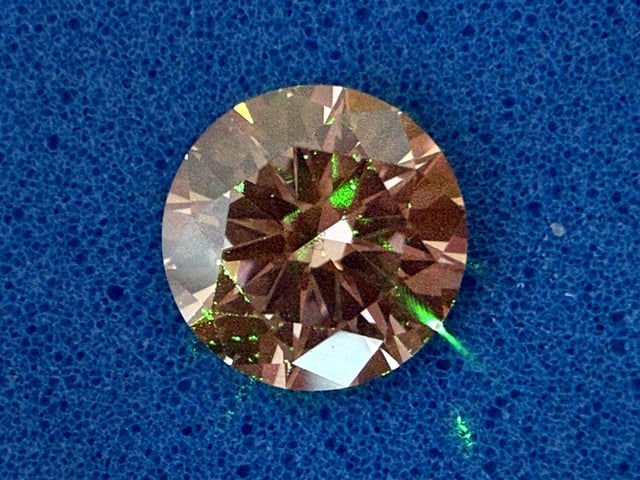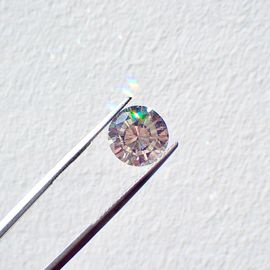Overview
- The 10 mm probe uses nitrogen‑vacancy centers in a tiny diamond and a small permanent magnet to sense weak magnetic fields.
- In laboratory demonstrations, it located iron‑oxide tracer fluid that maps lymphatic spread and detected as little as one hundredth of a typical clinical dose.
- The compact design eliminates bulky electronics, producing a handheld device small enough for keyhole and endoscopic procedures.
- Clinicians collaborating on the project endorsed the concept, aligning with the growing hospital adoption of magnetic localization methods.
- The findings, published August 19 in Physical Review Applied, describe a research-stage prototype that still needs engineering refinement, clinical trials and regulatory clearance.


